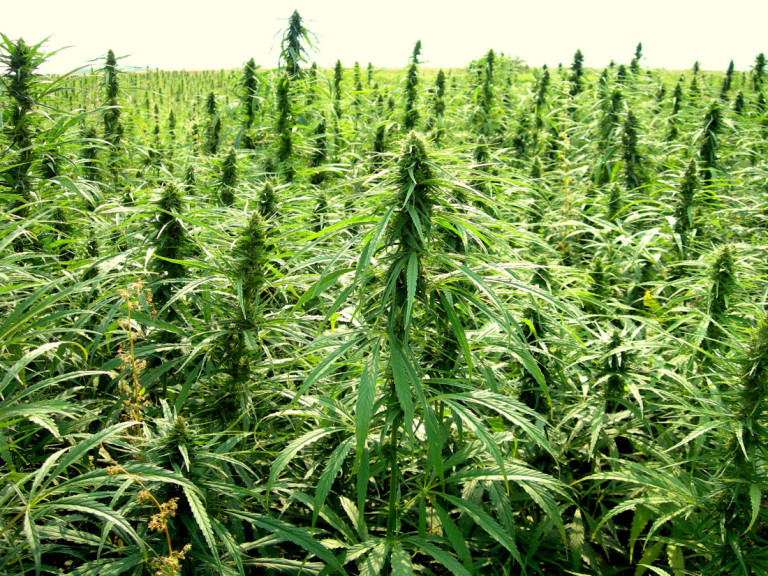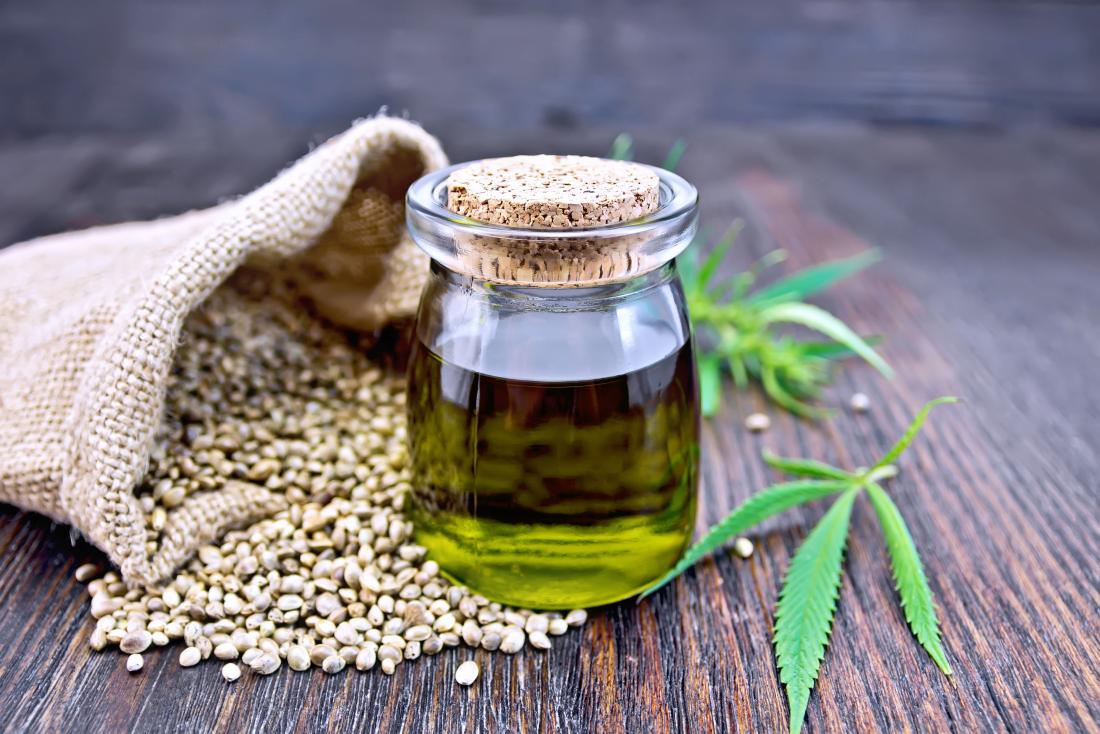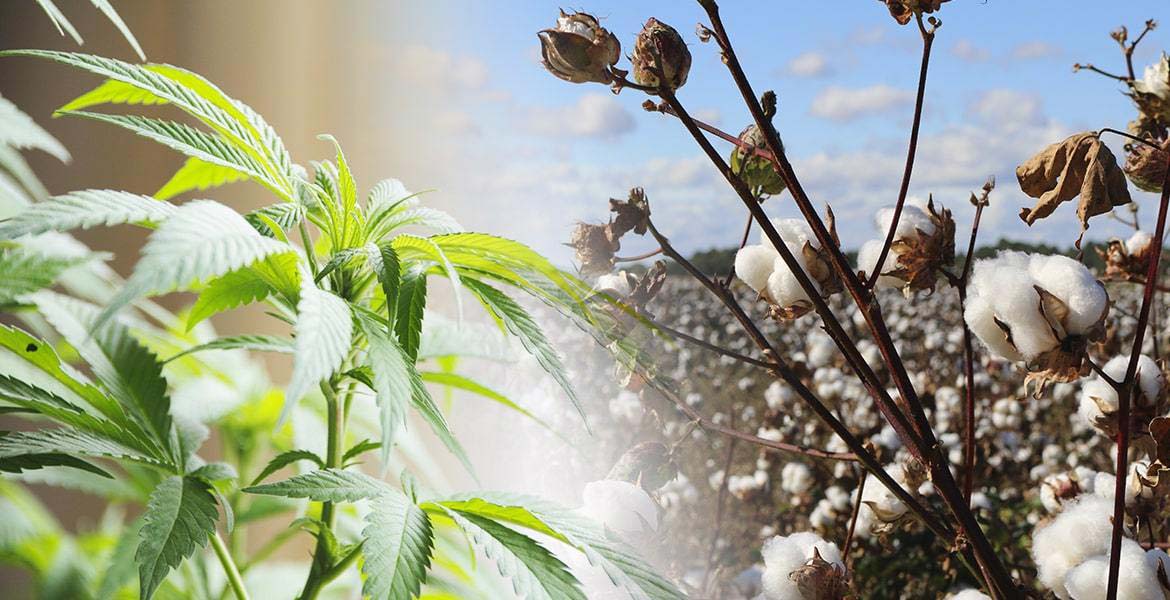
Hemp Bioplastic
Need for change amidst all the chaos Human negligence and lack of care has plunged our world into darkness with little hope of it returning

Move over, cotton… There’s a new fiber in town!
Hemp and cotton have long been cultivated by humans for relatively similar purposes: making fabric, apparel, and fibrous objects. Hemp, of course, is perceived better in the general imagination for its extra-curricular uses. At the base of it, both can be used interchangeably in fabrics and textiles, although the end-product of each crop has the slightest variations. But what is it that sets hemp apart from cotton? And why are more and more scientists and industrialists beginning to endorse it as an alternative?
Cotton has been used to make fabrics and textiles for thousands of years. Our ancestors chose the plant for its light weight, breathability, and the fibers that easily spin into yarn. With millions of bales being churned out annually to make everything from textiles and fabric to rope and fishing nets, there is a significant chunk of the world economy that depends on cotton as the core raw material. With the switch from organic cotton (grown traditionally and naturally) to the inorganic variety (genetic modification, chemical controls, and pesticides), the mass production of cotton, and hence clothes, became possible. Simply put, cotton was cheap. And cheap cotton production let to an entire fashion industry (among others) to span outwards. So, historically, cotton has emerged as the major factor of production of an entire subset of industrial products.
But there’s a catch. Creating a cotton product, like an apparel item, can take thousands of gallons of water from seeding to selling. As a crop requiring vast amounts of water to grow, cotton production is fast becoming a concern in light of the global climate change crisis. A spin-off effect of this level of cotton production is the environmental impact created by the fast, cheap fashion industry. When a single t-shirt can leave a water footprint of up to 2,700 gallons from start to finish, we have a problem. (https://www.sciencemirror.com/water-footprint-of-clothes/).
It looks like the revolution can no longer be delayed; the time has come to dethrone cotton as the king of fabrics and fibers. Hemp has been used throughout history in limited capacity. However it is only just emerging as a sustainable and viable alternative to the long reigning cotton plant. A member of the Cannabis Sativa species, this humble plant can be made into an endless list of products. From clothes to rope and netting, and milk to oil, and finally industrial raw materials, its legalization in the United States could not have come at a better time.
Hemp, you see, is scientifically considered more sustainable than cotton, especially as along term alternative. While easily confused with its more notorious cousin, hemp and weed do not have in common the ability to intoxicate. No need to worry, you won’t get high from handling hemp. But you might help save the environment. Hemp has a much higher yield (amount of plant harvested per acre) then cotton. In the same space, it can give us more output. So, the cost of growing hemp can be less than that of cotton.
But that isn’t where the amazing qualities of hemp stop. Hemp production also takes less time. The plant grows quickly (in a matter of months), takes up comparatively less water, and is naturally resistant to pests! So apart from being cost effective, hemp production can be much more organic than that of cotton even when done on a large scale. While hemp can be more expensiveness than cotton to grow in the short term, in the long run it will pay-off. That insidious by-product of cotton production, environmental damage, will be negated when a more resource-effective crop replaces it. And so the overall cost to both businesses and society will reduce over time.
And unlike cotton, hemp doesn’t come with a lot of catches. We already know how sustainable it is. The barrier of illegality has also been removed courtesy of the government. With a little bit of effort, the mythological belief that hemp is just another word for weed will easily be dispelled. The one other caveat that had previously been holding industrialists back was that hemp fabrics just were not soft enough. But now with the advances in chemical treatment processes and the mass production of certain strains of the plant, that has become a non-issue as well.
Ultimately, firms that are sustainability-minded and want to up their corporate social responsibility no longer have any reason to ignore the plant of the future.

Need for change amidst all the chaos Human negligence and lack of care has plunged our world into darkness with little hope of it returning

Hemp seed oil- there has been a buzz about this magic oil but what is it? Hemp basically belongs to the cannabis sativa family and

Move over, cotton… There’s a new fiber in town! Hemp and cotton have long been cultivated by humans for relatively similar purposes: making fabric, apparel,